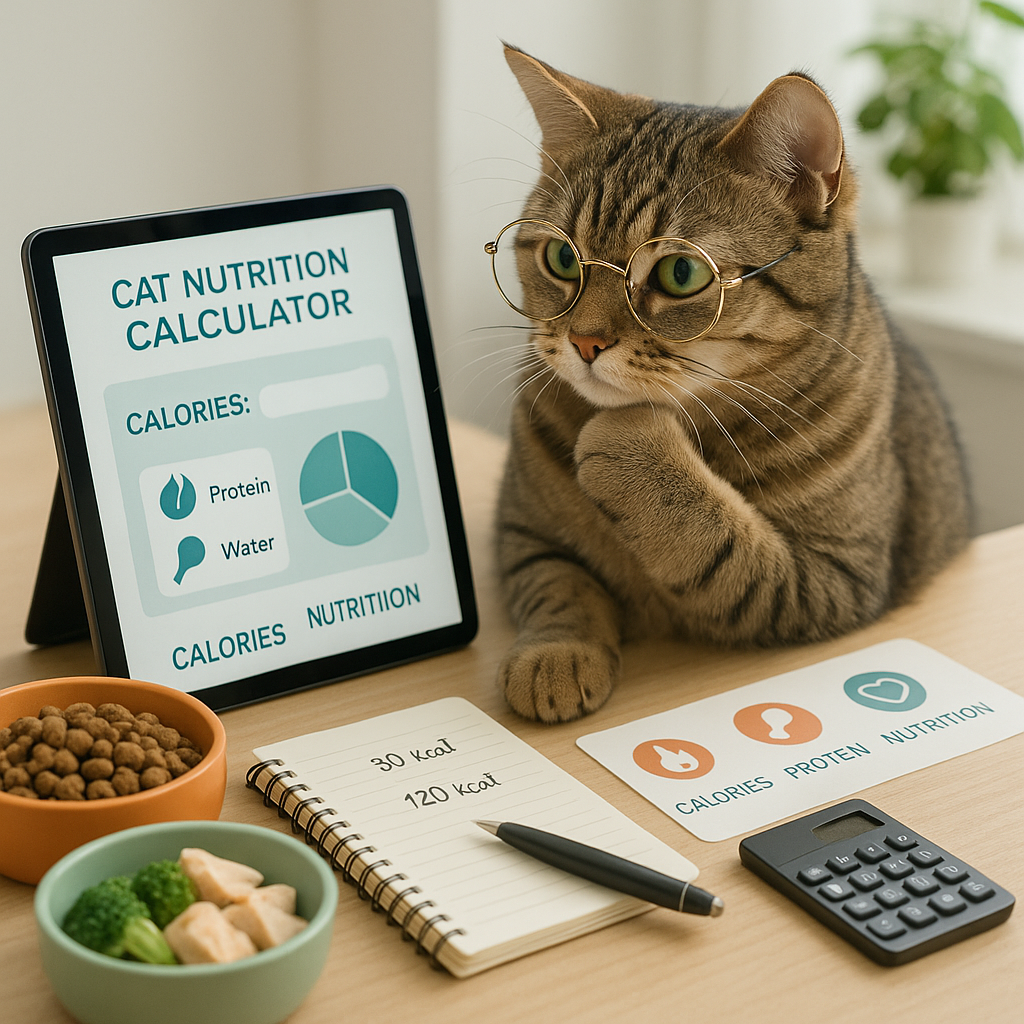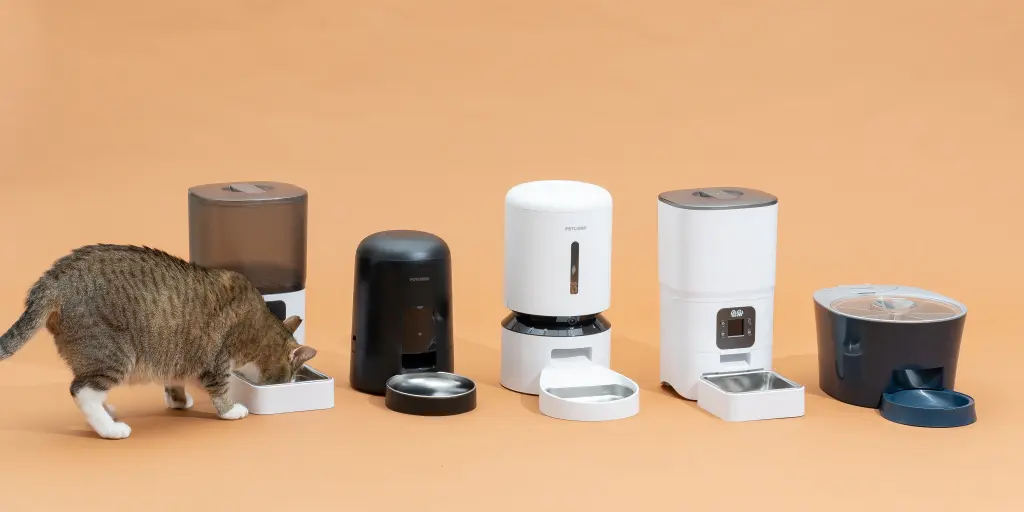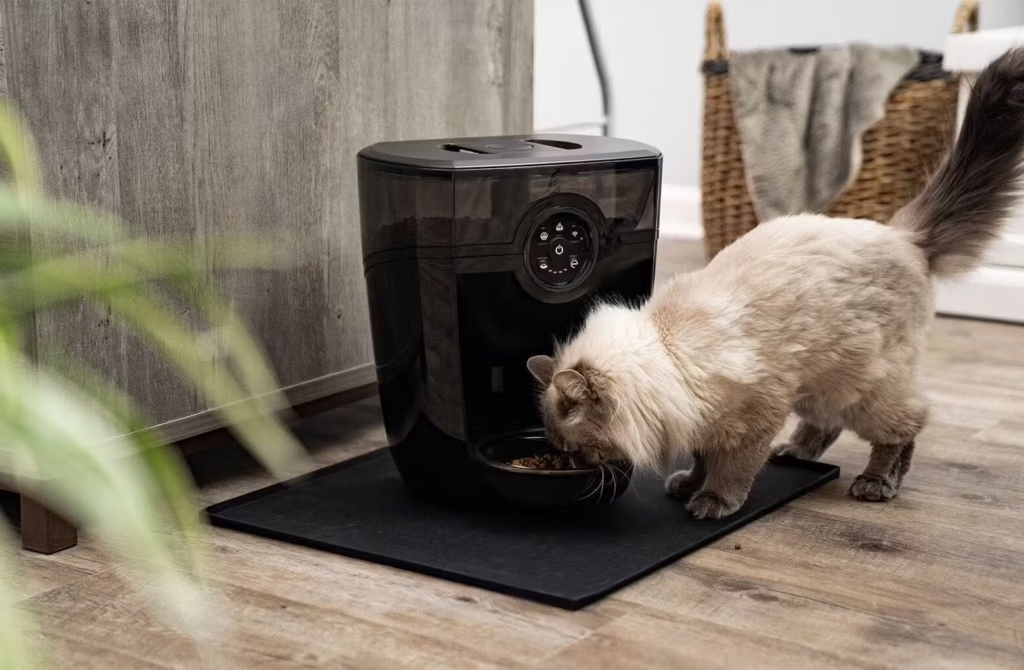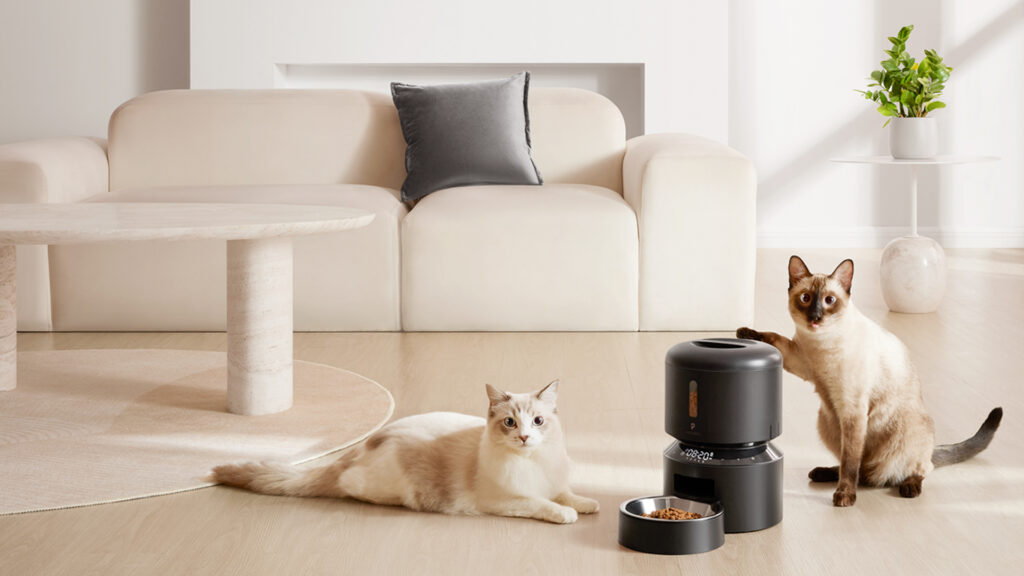Cat Nutrition Calculator: Your Guide to Daily Calorie Intake for Cats
If you're a caring cat parent, you may have wondered "how many calories should my cat eat a day?" or even searched for a "cat nutrition calculator" to find out. Understanding how many calories a day your cat should eat isn't just about keeping them full—it's about helping them stay at a healthy weight, avoiding obesity or undernourishment, and supporting their long-term health.
Every cat is unique: age, size, neuter status, lifestyle and even genetics play a part in determining daily caloric needs. In this guide, we'll break down how to use a reliable cat calorie calculator, what daily calorie intake for cats looks like, and how to use that information to feed your feline friend with confidence.

Why a Cat Nutrition Calculator Matters
Using a cat nutrition calculator helps you answer essential questions such as how many calories a day should a cat eat? and how many calories does a cat need per day? Without it, you may be guessing. Guesswork can lead to over-feeding or under-feeding, both of which can harm your cat's health.
According to the World Small Animal Veterinary Association (WSAVA), energy requirements for cats vary widely in ideal body condition, and calculations are only starting points. By using a calculator that accounts for weight, life stage, activity level and neuter status, you're starting with an educated baseline.
Imagine trying to feed your own body the same number of calories regardless of whether you're sitting still or running a marathon—it doesn't make sense. Similarly, cats need personalized calorie targets. A cat nutrition calculator gives you that tailored number.
How to Use a Cat Calories Calculator Free & Accurate
Here's a simple step-by-step process for using a cat calorie calculator, including the free tools available online:
Measure your cat's current body weight (in kg or lbs) and note whether they're spayed/neutered.
Note their lifestyle: indoor/inactive, moderately active, or highly active/outdoor.
Use a calculator such as the one on the Association for Pet Obesity Prevention (APOP) website which is free.
Enter the values and calculate the daily caloric requirement (in calories/kcal). Check the calorie density of your cat's food and use that to divide out the number of meals.
Monitor your cat's weight and body-condition score, and adjust calories if needed.
Example Use
If your 10 lb indoor neutered cat uses a calculator and it shows ~200 kcal/day, and your wet food is ~80 kcal per 100 g, you can feed ~250 g or two standard cans (if each can is ~125 g). Then you monitor whether your cat maintains weight, gains, or loses. You may then adjust by ±10 % depending on results.
Why Free Tools Are Reliable
These free calculators are based on established formulas like RER (Resting Energy Requirement) and multiplier factors for activity level and life stage. For example, one formula: RER = 30 × (body weight in kg) + 70 for cats. Using online calculators saves you from manual calculations and helps you feed smarter.
How Many Calories a Day Should a Cat Eat? Breaking It Down
Understanding how many calories a cat should eat a day means looking at life stage, activity, and body condition. Below is a guideline based on weight and condition:
| Cat Weight (lbs) | Life Stage / Condition | Estimated Calories per Day |
|---|---|---|
| 8 lbs | Indoor / neutered adult | ~160–180 kcal |
| 10 lbs | Typical indoor adult | ~200 kcal |
| 10 lbs | Active outdoor adult | ~250–300 kcal |
| 12 lbs | Indoor adult prone to weight gain | ~220–240 kcal |
| 10 lbs | Overweight or weight-loss target | ~170–190 kcal |
According to one resource, "The average indoor cat should have 20 calories per pound to maintain weight." So a 10 lb cat needs about 200 kcal/day to maintain.
Life-Stage Specifics
They require higher calories per pound because of growth and development.
Need moderate calories depending on lifestyle.
Typically need fewer calories as metabolism and activity decline.
By referencing these guidelines, you're using the calculator results intelligently rather than blindly.
Daily Caloric Intake for Cats by Life Stage
Kittens burn lots of energy growing, so their calorie requirements are higher per pound. For example, one table shows a 4 lb kitten needing ~110 kcal per day (before multipliers). When you apply growth multipliers (e.g., ×2) the actual intake may hit ~220 kcal/day.
Important: choose foods formulated for growth, and monitor weight weekly.
This is the most common situation. If your adult cat is neutered and stays mostly indoors, the calculator might estimate ~200 kcal/day for a 10 lb cat. Then you use that result to decide food portions.
If your cat is slightly overweight, you may aim a little lower (e.g., ~180 kcal/day) under vet guidance.
For cats that roam outside or are intact (not neutered/spayed), energy demands increase. Some guidelines state ~25–33 calories per pound for very active cats. So a 10 lb active cat could need ~250–330 kcal/day.
The calculator will usually ask for activity level multiplier to reflect this higher need.
Senior cats tend to move less and have lower metabolic rates, so they may need fewer calories. A calculator might adjust accordingly. However, health conditions like kidney disease or hyperthyroidism can increase or alter calorie needs—so always consult your vet.
Cat Nutrition Calculator
Caloric Intake for Cats: Why Numbers Vary
The phrase caloric intake for cats covers many factors. Here are reasons why two 10-lb cats may have different calorie needs:
Overweight cats may need fewer kcal to lose weight; underweight cats need more to gain.
Neutered cats typically need ~10-20% fewer calories.
Indoor-only vs outdoor roaming.
Illness, recovery, or metabolic disorders affect energy needs.
Kittens vs senior cats.
High-quality food may deliver more usable energy per calorie.
By using the cat nutrition calculator and then adjusting based on these conditions, you get a more accurate daily target.
Cat Calorie Calculator to Lose Weight
If your cat is overweight, using a cat calorie calculator to lose weight is essential. Here's how to proceed:
Determine your cat's ideal target weight (consult your vet).
Use the calculator with the target weight to find the daily calorie goal for weight loss.
Choose a safe reduction: many sources suggest ~80% of maintenance calories to lose weight gradually.
Include more activity (play, interactive feeders) and monitor progression weekly.
Avoid sudden drastic calorie cuts—cats are at risk of liver issues (hepatic lipidosis) if starved.
Example
A 15 lb cat with ideal target 12 lb:
- Use calculator → target calories ~240 kcal/day for 12 lb.
- Feed ~240 kcal/day until weight reaches 12 lb, then maintain.
Monitoring & Adjusting: How Many Calories a Day Should My Cat Eat?
Even with a calculator, you must monitor your cat and adjust as needed. Ask:
- Is my cat maintaining ideal weight?
- Are their ribs easily felt but not visible?
- Is there a visible waist when viewed from above?
- Is energy level consistent (playing, jumping) for their age?
- Weight gain → reduce calories by ~10%
- Weight loss/unintended → increase calories by ~10–20%
- Monitor every 2–4 weeks and adjust slowly
Treats, Snacks & Calories: Don't Forget the Extras
Treats and snacks count toward how many calories a day should my cat eat. Many owners ignore this and accidentally over-feed.
Guidelines: Treats should be ≤10% of daily calorie intake. If daily goal is 200 kcal, treat allowance ~20 kcal. Adjust meal portions when giving treats to stay within target.
Conclusion
A cat nutrition calculator is a powerful tool for determining how many calories a day your cat should eat, but it's only part of the picture. What truly matters is how your cat looks, feels and acts. Use the calculator to set a solid daily calorie target, keep treats in check, monitor health and adjust slowly based on real results.
When you combine calculation with observation and consistent feeding, you give your cat the best chance at a healthy life. Feel free to try our built-in calculator above and then check in monthly—your cat will thank you!




